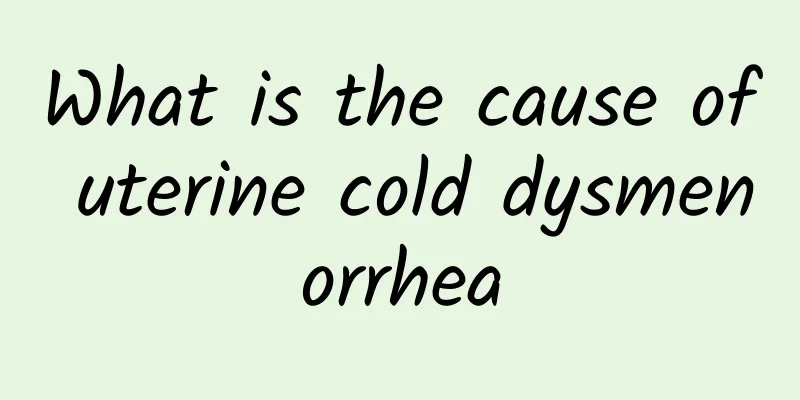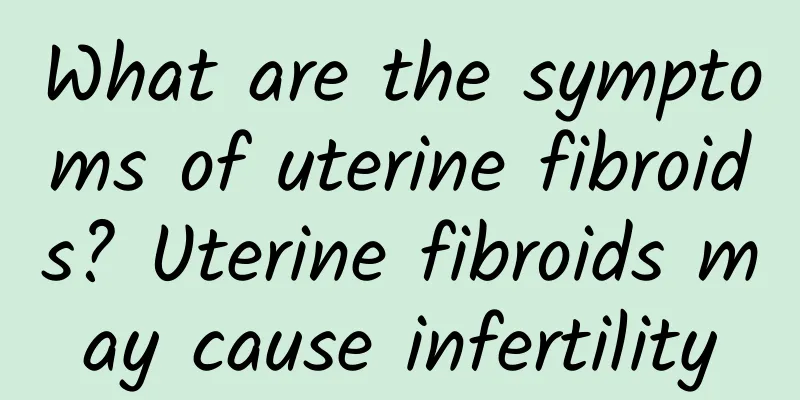How to treat cervical erosion best? The best treatment for cervical erosion in women

|
In the past, many women went for gynecological examinations and often heard that they had symptoms of cervical erosion. This was very worrying. How could the symptoms of cervical erosion appear for no reason? However, we have now cancelled the name of cervical erosion, and the term cervical erosion has disappeared. So should cervical erosion be treated? How to treat cervical erosion? Many patients with cervical erosion have always had a question: is it necessary to treat cervical erosion? In fact, most cervical erosion does not need to be treated. Some of the methods we know for treating cervical erosion are incorrect. Cervical erosion used to be a disease that troubled many women. When going for a physical examination, you will almost certainly be diagnosed with cervical erosion. In 2008, the 7th edition of the undergraduate textbook "Obstetrics and Gynecology" cancelled the name of "cervical erosion" and replaced it with the physiological phenomenon of "cervical columnar epithelium ectopia". Cervical erosion, in the final analysis, is actually a misunderstanding of a normal manifestation of the cervix in the past. Cervical columnar epithelial ectopia is a normal physiological phenomenon, and there is no special clinical manifestation. Some people may experience contact bleeding, but this is just an individual difference in the cervix, just like some people will bleed from their teeth or mouth when they chew something hard. If the amount of leucorrhea increases, turns yellow, or has a strange smell, it is a sign of cervical inflammation. Cervical cysts and hypertrophy are also the result of chronic cervical inflammation. Cervical columnar epithelial ectopia does not require any treatment. Many current methods for treating cervical erosion are wrong. However, symptomatic cervicitis needs to be treated. Acute inflammation is treated with suppositories, and chronic inflammation can be treated with physical therapy such as laser or freezing. Regular cervical examination is necessary, not to prevent cervical erosion, but to prevent cervical cancer. The occurrence of cervical cancer is related to infection with human papillomavirus (HpV). Some patients with high-risk HPV infection are prone to precancerous lesions and cervical cancer when they are persistently infected at the squamous-columnar junction of the cervix. Since the advent of cervical smears, the mortality rate of cervical cancer has dropped significantly. The key is early prevention and treatment. It is currently recommended that women over the age of 21 should undergo a cervical smear examination once a year. After the age of 30, an HPV examination can be combined. If three consecutive HPV and cervical smear tests are negative, the interval can be extended to once every three years, and screening can be stopped after the age of 65. Above we explained what cervical erosion is. We know that cervical erosion is no longer the name of a disease, and the term cervical erosion has disappeared. Therefore, if female friends are diagnosed with cervical erosion, most of them do not need treatment. The above article explains in detail how to treat cervical erosion. |
Recommend
Issues that need attention in nursing patients with amenorrhea
In today's society, due to the influence of v...
Menstrual irregularities can be detected from changes in menstrual periods
As the name implies, the symptoms of irregular me...
Reject Cai Cai's expression! 3 types of weight loss acupoints should be pressed correctly
Modern people overeat and lack exercise, and are ...
What should I do if I have vaginitis? How should I take care of myself?
It is understood that many women have suffered fr...
How much does it cost to induce abortion in Shenyang
With the changes of the times, people's minds...
Experts analyze the specific causes of uterine adnexitis
Adnexitis is a gynecological disease caused by ma...
Do endometrial polyps require surgery?
Whether endometrial polyps require surgery depend...
What causes endometrial thickening after abortion?
Endometrial thickening after abortion may be caus...
Are cervicitis and cervical erosion the same thing?
Cervical erosion is ectopia of the cervical colum...
Can a loose cervix cause miscarriage?
Cervical relaxation may lead to miscarriage, but ...
Are uterine fibroids and ovarian cysts the same? What are the symptoms of ovarian cysts?
Ovarian cysts and uterine fibroids are very commo...
The whole process and precautions of medical abortion
Currently, the commonly used drugs are the combin...
Why does my period last more than ten days but still not end? There are usually three reasons
If menstruation has not ended after more than ten...
What should I do if cervical erosion recurs?
What should I do if cervical erosion recurs? Cerv...
What should a girl do if she suffers from uterine fibroids? What causes a girl to suffer from uterine fibroids?
Many people think that uterine fibroids are exclu...









